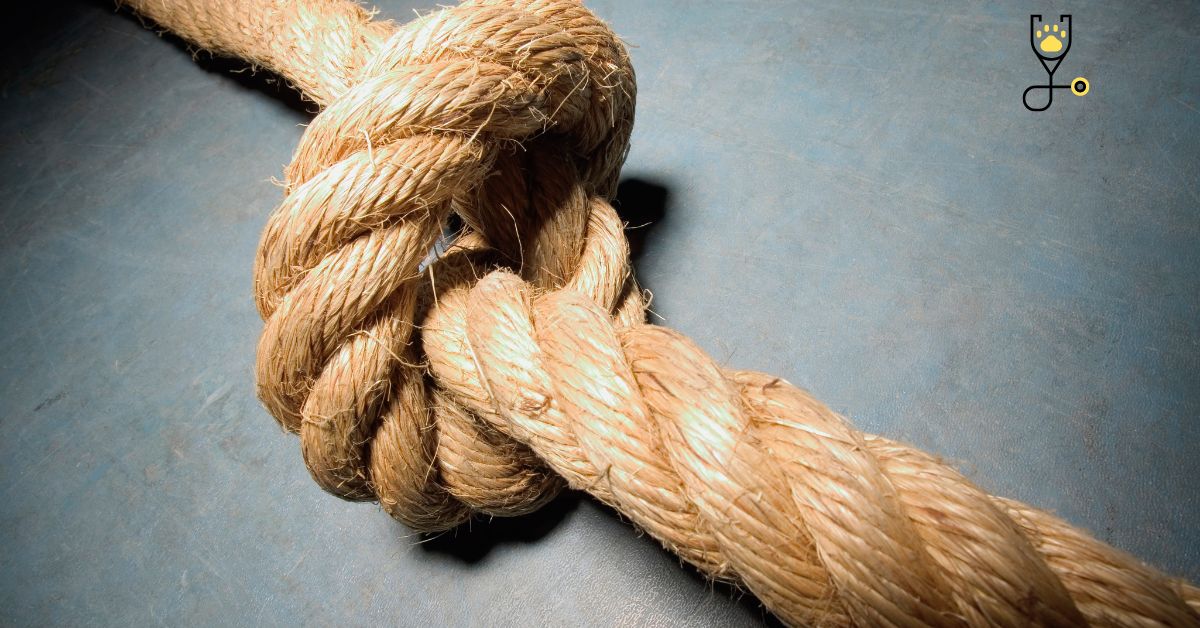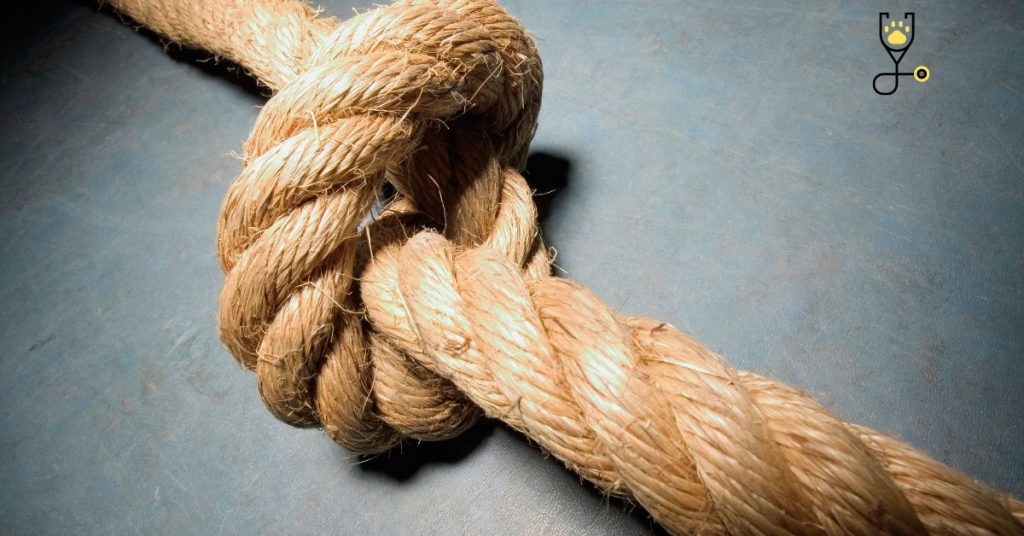Have you ever been riding your horse, and suddenly the unthinkable happens – your horse bolts, rears up, or starts to buck? If you’re not prepared, it can be a scary experience. One of the most important things you can do in case of an emergency is to know how to tie a quick-release knot. This knot will allow you to safely and quickly release yourself from your horse in case of an emergency. In this guide, we’ll teach you how to tie a quick-release knot for horses. So please, read on and learn this essential skill!
1. Preparing to Tie a Quick Release Knot-horse
The Quick Release Knot-horse (QRKH) is a great way to secure your horse’s bridle and reins. It’s fast and easy to tie, and it provides excellent security. It’s best used on bridles with a single noseband or headpiece, but can also be adapted for use on double-noseband bridles. Before you begin, make sure the reins are free of knots and tangles, and that your horse is comfortable with being handled in this way.
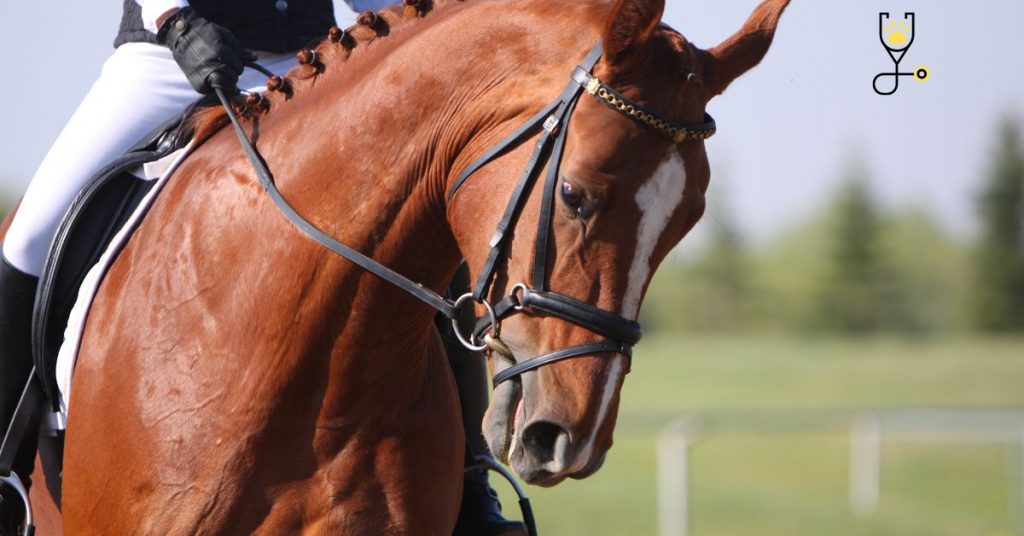
2. Steps for Tying the Quick Release Knot
Step 1: Start by holding the reins in your left hand. Take the left rein and create a loop by passing it over the horse’s ears, from front to back.
Step 2: Now take the right rein and pass it through the loop you just made, creating another loop at the top of the knot. Make sure this second loop is large enough for your horse’s nose to fit through.
Step 3: Grasp both sides of this second loop with your right hand and bring them together, forming a third smaller loop near where you started.
Step 4: Grab both sides of this third small loop with your left hand and pull firmly on both ends simultaneously until the knot is tight and secure. Step
Step 5:To release the knot, simply press down on both sides of the loop and it will come undone.
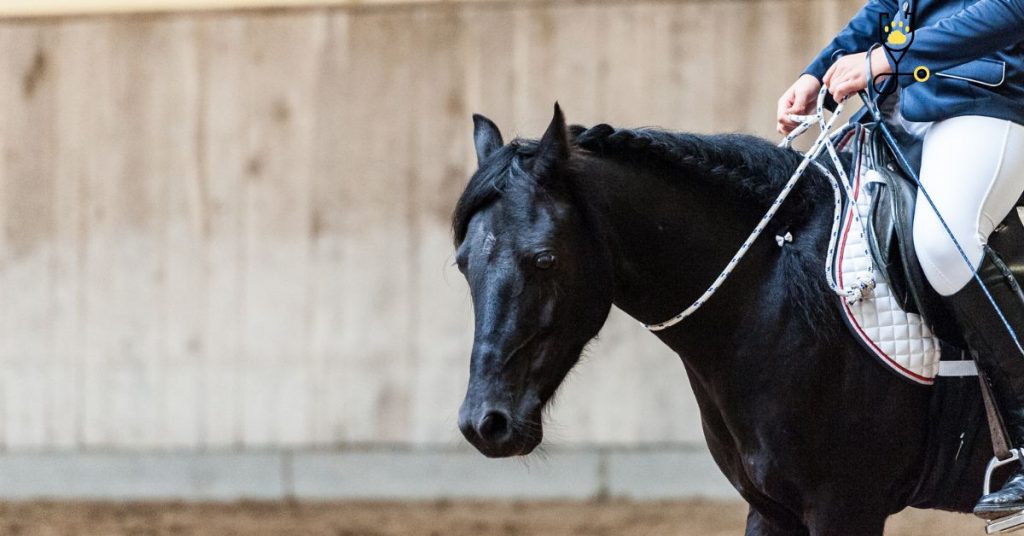
3. Tips for Using the Quick Release Knot-horse
Practice makes perfect! It’s important to get familiar with tying the QRKH before attempting it on your horse for real. Try practicing in a safe area or with friends who can help you if needed.
- Always make sure that the knot is not too tight or too loose it should be snug but comfortable for your horse.
- The QRKH should always be used in conjunction with a breast collar or martingale to provide additional security against slipping reins.
- Be sure to check the knot periodically to ensure that no strands are fraying or coming undone.
- Check your horse’s bridle and reins for any signs of wear or damage after using the QRKH, to make sure that everything is secure.
- Always untie the knot before removing the bridle from your horse. Have fun and be safe!
5. Common Mistakes to Avoid
1. Using the wrong type of knot: The Quick Release Knot-horse is designed specifically for use with a single noseband or headpiece, and should not be used on double-noseband bridles.
2. Making the knot too tight: Make sure that you don’t pull your reins too tightly when tying the QRKH – it should be snug but comfortable for your horse.
3. Not tightening the knot enough: Make sure that you pull firmly on both sides of the small loop when tying the QRKH, to ensure that it is secure and won’t come undone.
4. Not checking for wear or damage: After using the QRKH, be sure to check your horse’s bridle and reins for any signs of wear or damage to make sure everything is secure.
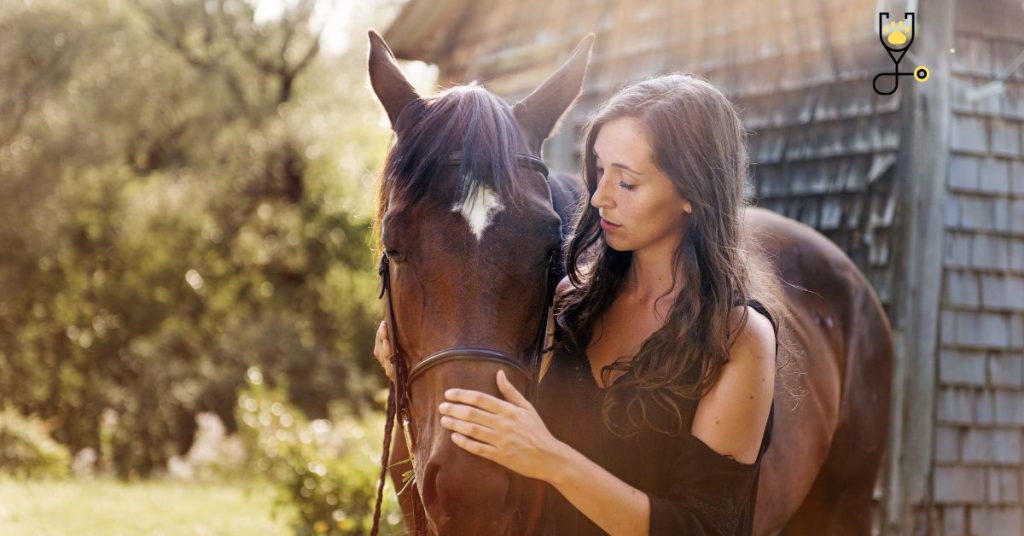
Now that you know how to tie a Quick Release Knot-horse, you can rest assured knowing that if an emergency situation arises while riding, you’ll be prepared! So practice this essential skill as often as possible – it could save your life someday!
Conclusion
Knowing how to tie the Quick Release Knot-horse is an essential skill for all horse owners and riders. This knot provides excellent security, while still being easy and fast to tie. Just make sure you practice first in a safe area, don’t pull too tightly, ensure that it’s tight enough, check regularly for wear or damage, and always untie before dismounting. By following these steps, you can rest assured knowing that if an emergency situation arises while riding – you’ll be ready! Happy trails!
Frequently Asking Questions
Q: What is the Quick Release Knot-horse?
A: The Quick Release Knot-horse (QRKH) is an easy and secure way of tying a horse’s reins to its bridle. It can be used in a variety of situations, such as trail riding or when handling a nervous horse.
Q: How do I tie the QRKH?
A: Start by holding the reins in your left hand. Take the left rein and create a loop by passing it over the horse’s ears, from front to back. Now take the right rein and pass it through the loop you just made, creating another loop at the top of the knot. Grasp both sides of this second loop with your right hand and bring them together, forming a third smaller loop near where you started. Grab both sides of this third small loop with your left hand and pull firmly on both ends simultaneously until the knot is tight and secure. To release the knot, press down on both sides of the loop.
Q: How can I make sure that my QRKH is secure?
A: Make sure that you don’t pull too tightly when tying the QRKH – it should be snug but comfortable for your horse. Also, make sure to check periodically to ensure that no strands are fraying or coming undone, and always untie before dismounting. Additionally, it’s important to use the QRKH in conjunction with a breast collar or martingale to provide extra security against slipping reins. By following these steps, you can ensure that your QRKH is secure and reliable.
Q: What should I do if my horse’s bridle or reins show signs of wear or damage?
A: If you notice any signs of wear or damage on your horse’s bridle or reins after using the QRKH, be sure to replace them immediately to ensure that they remain safe and secure. Additionally, check the knot regularly to make sure everything is still tight and secure. Taking these precautions will keep both you and your horse safe while riding!
Q: Does the QRKH work on double-noseband bridles?
A: No, the Quick Release Knot-horse should only be used with a single noseband or headpiece. For double-noseband bridles, it is best to use another knot that is more suitable for these types of bridles.
